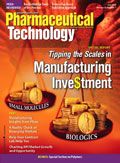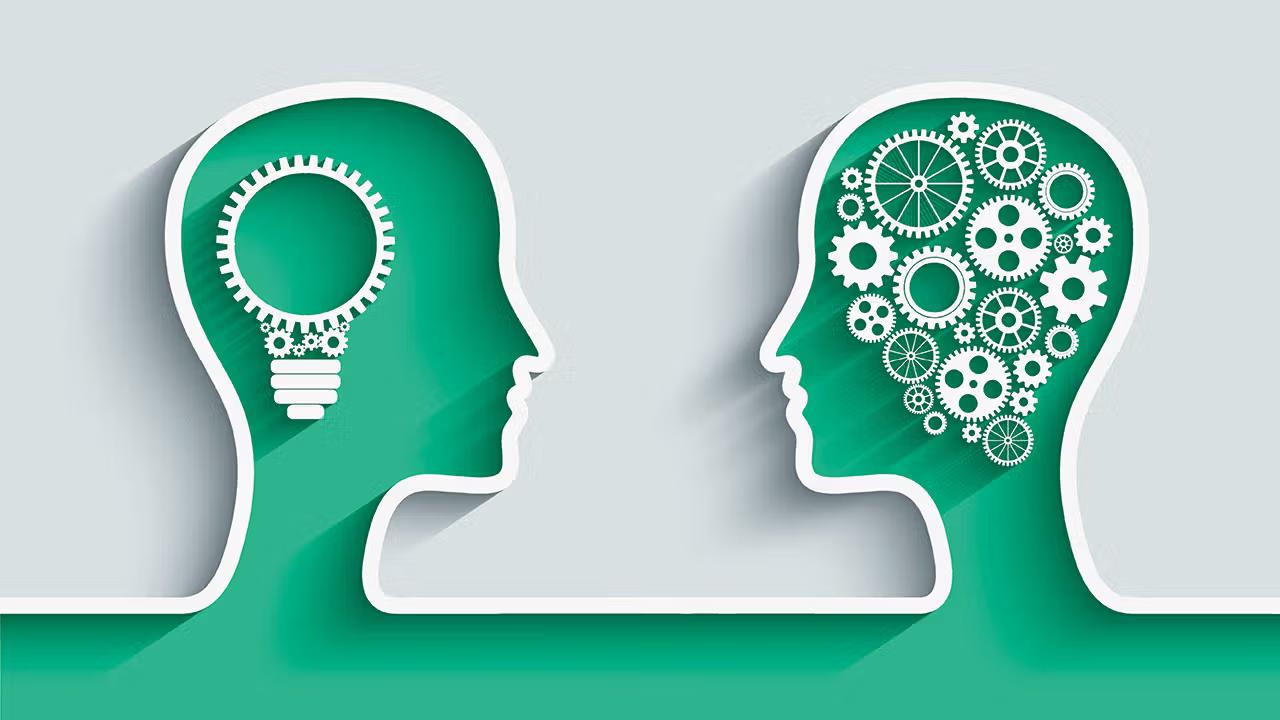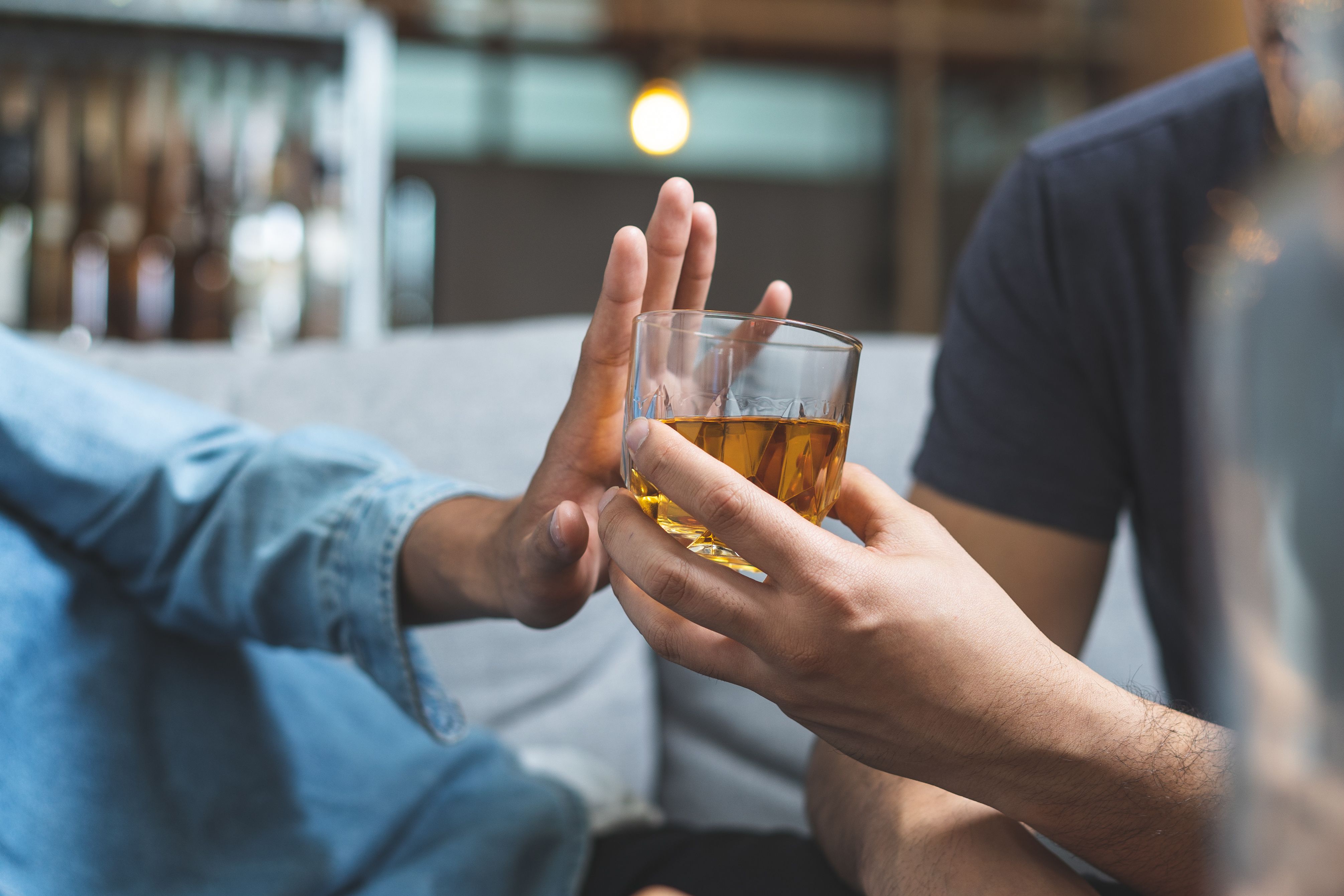News
Article
Pharmaceutical Technology
Charting API Market Growth and Opportunity
Author(s):
The year 2007 was slow for approvals for new molecular entities and overall pharmaceutical industry growth. Big Pharma seeks relief in a growing biologics portfolio.
The year 2007 was a period of transition for the pharmaceutical industry. Global sales of prescription biotechnology drugs increased in the double-digits, well outpacing overall pharmaceutical industry growth and the rate of growth achieved by the top 10 global and US products. The number of new drug approvals by the US Food and Drug Administration's Center for Drug Evaluation and Research (CDER) represented a recent low. And generic-drug competition looms large.

Patricia Van Arnum
Product positioning for the top spots
Global sales. The top 10-selling products accounted for $63.9 billion, or 9.6% of the global pharmaceutical market (based on manufacturer prices for prescription and certain over-the-counter product data), according to IMS (see Table I). Global sales of the top 10 products grew 5.6% in 2007, slightly below the 6.4% growth for the global industry as a whole.

Pfizer's (New York) "Lipitor" (atorvastatin) retained its top billing as the number one selling drug in 2007, with global sales of $13.5 billion, down 2.8% from 2006, according to IMS Health. Three products—Sanofi-Aventis's (Paris) and Bristol-Myers Squibb's (BMS, New York) "Plavix" (clopidogrel), AstraZeneca's (London) "Nexium" (esomeprazole), and GlaxoSmithKline's (GSK, London) "Seretide/Advair" (fluticasone and salmeterol)—took the second, third, and fourth spots, respectively. Plavix's global sales jumped 20.5% in 2007 to reach $7.3 billion. Nexium's sales increased 5.3% to $7.2 billion, and Seretide/Advair's revenues grew 9.6% to $7.1 billion. These drugs were also ranked in the top 10-selling drugs in 2006 (Nexium, second; Seritide/Advair, third; and Plavix, fourth). Ranking sixth and seventh, respectively, Eli Lilly's (Indianapolis, IN) "Zyprexa" (olanzapine) and Johnson & Johnson's (J&J, New Brunswick, NJ) "Risperdal" (risperidone) held on in 2007 to remain in the top 10.

Table I: Top products by 2007 global sales.
Two biologics—Amgen's (Thousand Oaks, CA) and Wyeth's (Madison, NJ) "Enbrel" (etanercept) and Amgen's "Aranesp" (darbepoetin alfa)—kept their billing among the top 10. Moving up from ninth in 2006, Enbrel took the fifth spot with 2007 global sales of $5.3 billion. Aranesp dropped from sixth in 2006 to tenth in 2007 on sales of $4.4 billion, down 12.9% from 2007.
Last year saw two newcomers to the global top 10. With a sales gain of 16.2% to $4.6 billion, AstraZeneca's "Seroquel" (quetiapine) ranked eighth in 2007. Merck & Co.'s (Whitehouse Station, NJ) "Singulair" (montelukast sodium) closely followed with sales of $4.5 billion, up 14.7% from 2006, and enough for the ninth position.
Facing potential generic competition and dropping out of the top 10 in 2007 from 2006 were Pfizer's "Norvasc" (amlodipine) and Wyeth's (Madison, NJ) "Effexor" (venlafaxine).
US sales. US sales of prescription pharmaceuticals tallied $286.5 billion in 2007, according to IMS Health (see Table II). Eight of the top 10 global products (Lipitor, Nexium, Seretide/Advair, Plavix, Seroquel, Singulair, Enbrel, and Aranesep) were also ranked in the top 10 in US sales. Lipitor took top billing with US sales of $8.1 billion in 2007. Two drugs—Wyeth's "Prevacid" (lansoprazole) and Amgen's "Epogen" (epoetin alfa) made the top 10 US list but not the top 10 global rankings.

Table II: Top products by 2007 US sales.
The rise of biotech drugs
Global sales of prescription biotechnology drugs increased 12.5% to more than $75 billion in 2007, according to IMS Health. This rate of growth was nearly double the rate of growth of 6.4% for the overall global pharmaceutical market, but down from the 18.2% growth for biotech products experienced in 2006. The biotech drug market, however, represents only about 10% of the global pharmaceutical market, which was valued at $712 billion in 2007. The US remains the largest market for biotech products and holds 56% of the global market.
Twenty-two biotech products generated sales exceeding $1 billion in 2007, compared with just six products in 2002, according to IMS. Enbrel was the top biotech product in 2007, followed by Aranesp. J&J's and Schering-Plough's (Kenilworth, NJ) "Remicade" (infliximab ) was third with global sales of $4.2 billion, and Roche's (Basel, Switzerland) "Mabthera"/"Rituxan" (rituximab) was fourth with sales of $3.7 billion. Amgen's "Neulasta" (pegfilgrastim) ranked fifth with global sales of $3.5 billion.
IMS estimates biotech products represent 25% of the total pharmaceutical pipeline. The firm projects that six products with market potential of $1 billion are expected to be launched by 2009.
Innovation drought
The level of product innovation, as measured by the number of approvals of new molecule entities (NMEs) and new biologics license applications (BLAs) by CDER, reached a recent low in 2007. In 2007, CDER approved 19 new drugs (17 NMEs and 2 BLAs) (see Table III). These levels represent a slight decline from approvals in 2006 and 2007 and a steep decrease from 2004. CDER approved 22 new drugs in 2006 (18 NMEs and 4 BLAs), 20 new drugs in 2005 (18 NMEs and 2 BLAs), and 36 new drugs (31 NMEs and 5 BLAs) in 2004, according to FDA data.

Table III: New molecular entities approvals, January 2007âMay 2008.*
Generics' threat
As innovator companies struggle, opportunities for generic-drug companies are fairly strong. Over 150 products, including 20 blockbusters, with $77 billion in total branded drug sales in the US, are coming off patent through 2012, according to data from the scientific business of Thomson Reuters. Some major new generic launches in 2007 included: ceterizine hydrogen chloride (HCl), carvediol, pantoprazole sodium, zolpidem tartrate, risedronate sodium, and valacyclovir HCl. In 2008, 25 products will lose patent protection in the US. Some anticipated generic launches of 2008 include memantine HCl, topiramate, risperidone, levetiracetam, ropinirole HCl, alfuzolin HCl, eplerenone, and rocuronium bromide. For 2009, there are 29 molecules with new chemical entity exclusivity expiring and therefore exposed to Paragraph IV patent challenge in 2008. Some possible patent challenges in 2008 are for duloxetine HCL, pregabalin, and tiotropium bromide (1).
Patricia Van Arnum is a senior editor at Pharmaceutical Technology, 485 Route One South, Bldg F, First Floor, Iselin, NJ 08830 tel. 732.346.3072, pvanarnum@advanstar.com
Reference
1. P. Van Arnum, "Rocky Outlook for Pharmaceuticals," Pharm. Technol. Sourcing and Management 4 (4), 2008.

Newsletter
Get the essential updates shaping the future of pharma manufacturing and compliance—subscribe today to Pharmaceutical Technology and never miss a breakthrough.





